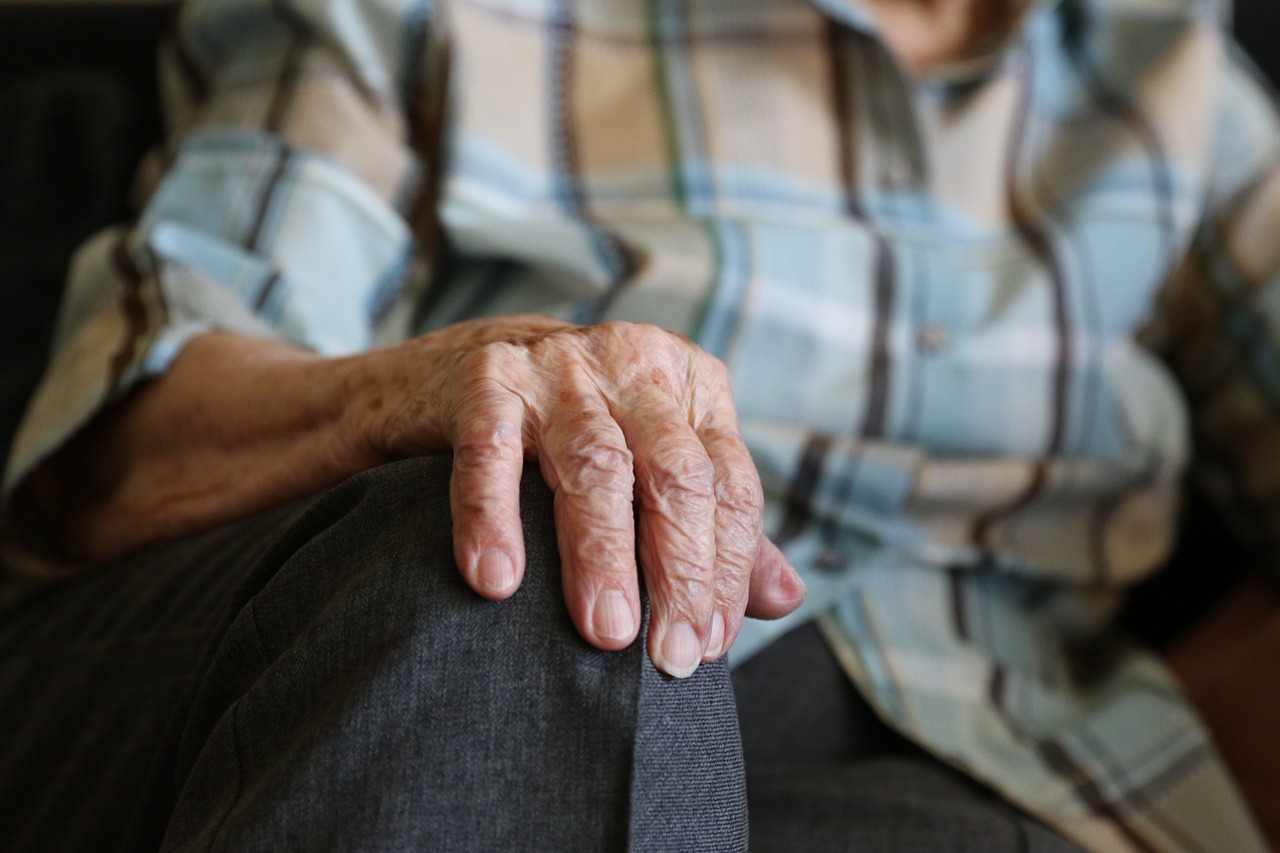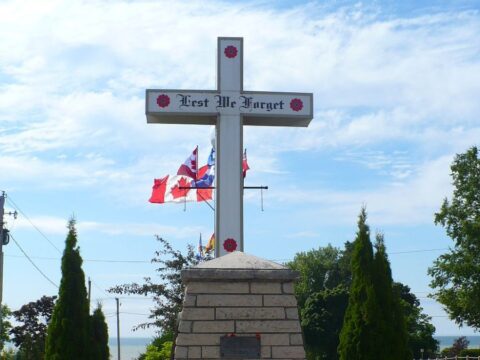An elderly man in Ottawa spent most of last winter snowed in, unable to leave his home, surviving on canned food. Last summer, 54 people died as a result of a heatwave in Quebec, many of them older adults. Seniors’ communities were quickly evacuated during floods in Calgary, but evacuated residents sat and slept on crowded chairs and cots for three days.
These are not disaster movie scenarios, but recent catastrophic events linked to climate change that have directly imperilled Canadians in their own homes — especially our most vulnerable older citizens.
You may unsubscribe from any of our newsletters at any time.
Climate change can affect us directly through natural disasters, such as flooding, poor air quality, forest fires and extreme temperatures, but also indirectly through changing infectious disease patterns such as West Nile Virus and Lyme disease. Climate change events do not affect every Canadian equally. Those who are older and more vulnerable — or frail – find themselves at increased risk.
Canada’s population is aging, and its most rapidly growing segment is that of people over the age of 80 years. This trend will continue for the foreseeable future, in tandem with the increasing frequency and severity of natural disasters due to climate change.
At the same time, in accordance with their preferences, more Canadians, including many with complex health needs, are aging at home, usually supported by community health agencies and often far from their families. But extreme climate and weather events may prevent these services from delivering care, leaving seniors isolated and at-risk.
The risk is amplified for those seniors who are frail. Frail individuals are those in whom aging has exacted a toll. The Canadian Frailty Network characterizes frailty as a state of increased vulnerability and functional decline. Individuals with frailty are more likely to have multiple medical problems, take a variety of medications, and be limited in their ability to get around and carry out activities of daily living.
Now, think about what happens if the power goes out for an extended period.
Those using mobility aids like scooters, walkers or canes aren’t easily evacuated if elevators don’t work. Many medical devices, like CPAP machines, nebulizers, or dialysis machines won’t work either. If landlines or the internet are interrupted, and as mobile phones run out of power, how can these physically isolated people let others know they are in danger?
More on Broadview: How I fight loneliness as a senior with a disability
Canadian seniors take an average of seven different drugs, with one-quarter taking over 10. Any lapse in access to medication can be life-threatening. Frail seniors also have challenges regulating their body temperatures during extremes of heat or cold. They’re also more susceptible to dehydration, infections, and respiratory and cardiac problems from weather events and pollution. And ice and snowstorms result in more falls and fractures.
The mental health consequences can also be severe, ranging from depression and anxiety due to social isolation, to PTSD from the experience of a severe weather event. For a frail senior, such mental health problems lead to further disability and even premature death.
These are not worst-case scenarios. These events and their consequences are happening now, and they are increasingly common. Notwithstanding the need for our governments to address the root causes of climate change, a strategy to protect vulnerable seniors from climate change is also required now.
Every senior needs an emergency preparedness plan, developed with families, friends and neighbours, and home care agencies. But government agencies and disaster management agencies must also consider and take into account the unique needs of frail Canadians.
A good place to start would be with primary care and community support agencies, where existing standardized assessments could support the creation of a registry of individuals who would require more help during disaster. Knowing where these vulnerable seniors live would help planners know where to deploy community services such as cooling shelters for extreme heat or Snow Angel programs to help clear snow and ice.
Through the recognition of the increased vulnerability of our aging and frail population and better planning, Canada can ensure they are as protected and prepared for emergencies as any other group as we face climate change together.
This Canadian Frailty Network op-ed was made available under a Creative Commons license.
For Broadview’s award-winning content, subscribe to the magazine today.














Western society’s fear of death and the need for immortality is a great concern. 150 years ago, you would have been blessed to live to age of 65. Within the next few decades it is estimated 40% of those who see 65 will live to be 90 years old. As Christians we are called to respect our elders, and to include them in our lives, so we may be taught their wisdom.
In this “It’s all about me” world, unfortunately seniors are seen as an expense, a nuisance and disposable.
To pick a few scenarios and blame climate change on elderly deaths, is deflecting the blame from ourselves.
Isaiah 45:7 states that God creates calamity. Reading Revelation 8 – I think climate change should be the last thing we need to worry about.